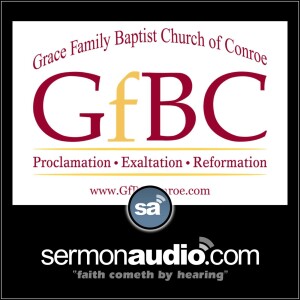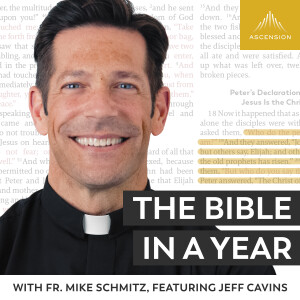

The sermon centers on Mark 15:6–15, portraying the crowd's decision to crucify Jesus not as a mere historical event, but as a profound theological paradigm of human guilt and divine sovereignty. Through the 'Markan sandwich' structure, the preacher highlights how the religious crowd, despite possessing the Scriptures and witnessing Jesus' miracles, chose Barabbas—the 'son of the father'—over Jesus, the true Son of God, thereby condemning themselves. The sermon underscores that this moment revea...
The sermon centers on Mark 15:6–15, portraying the crowd's decision to crucify Jesus not as a mere historical event, but as a profound theological paradigm of human guilt and divine sovereignty. Through the 'Markan sandwich' structure, the preacher highlights how the religious crowd, despite possessing the Scriptures and witnessing Jesus' miracles, chose Barabbas—the 'son of the father'—over Jesus, the true Son of God, thereby condemning themselves. The sermon underscores that this moment reveals the tragic irony of human rebellion: the crowd believed they held judgment, but in reality, Jesus stood in judgment over them. It warns against the peril of mob mentality, showing how wicked leaders manipulate religious crowds through fear, nationalism, and greed, yet emphasizes that personal responsibility remains absolute—passive complicity, silence, or apathy carries equal guilt before a holy God. Ultimately, the sermon pivots to grace, affirming that even the most guilty—those who shouted 'Crucify him'—can be forgiven through repentance and faith, as demonstrated by Peter's Pentecost sermon, which calls all to turn from sin and receive the gift of the Holy Spirit, now and forever.
View more
Comments (3)
More Episodes
All Episodes>>You may also like
Create Your Podcast In Minutes
- Full-featured podcast site
- Unlimited storage and bandwidth
- Comprehensive podcast stats
- Distribute to Apple Podcasts, Spotify, and more
- Make money with your podcast
It is Free












